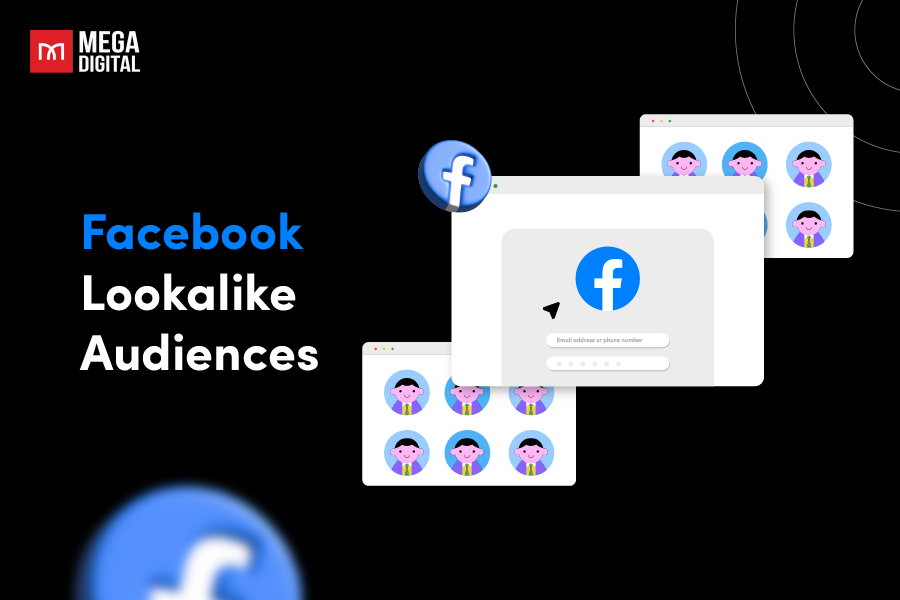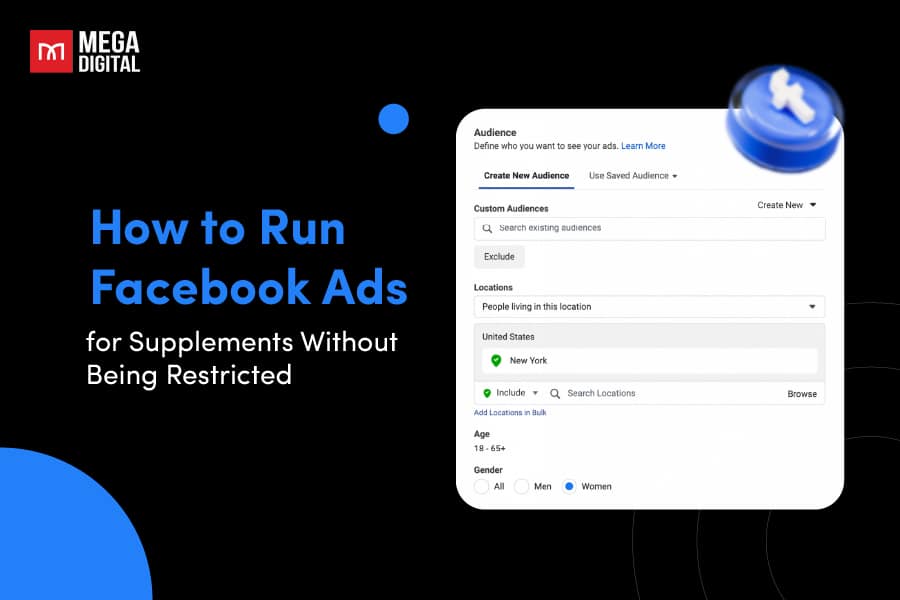Seeing your TikTok ads not resonate with your target audience can be frustrating, resulting in low conversion rates and ROI. But what if there was a way to reach a highly targeted audience of TikTok users more likely to be interested in your product or service? This is where TikTok custom audiences come in. So, let’s dive deeper into what TikTok custom audiences are, how they work, and how you can use them to supercharge your TikTok advertising strategy.
- What is TikTok Custom Audience?
- Benefits of TikTok Custom Audience
- When should you use TikTok Custom Audience?
- Retargeting users who already interacted with your brand
- Converting high-intent users such as product viewers or cart abandoners
- Upselling or cross-selling to existing customers
- Re-engaging followers and users who interacted with your TikTok account
- Improving results from your Lead Ads funnel
- Building strong seed audiences for Lookalike expansion
- Reducing testing costs and stabilizing your campaign performance
- 6 Sources to Create TikTok Custom Audiences
- Best Practices to Optimize TikTok Custom Audiences
- How to Create a TikTok Custom Audience
- Common Issues and Solutions When Creating TikTok Custom Audiences
What is TikTok Custom Audience?
TikTok Custom Audience is a targeting option on the TikTok advertising platform that allows advertisers to access groups of customers who used to interact with their business.
For instance, if someone visits a specific page on your site and shows interest in a product or service, you can upload their details to TikTok and target them with relevant product ads.
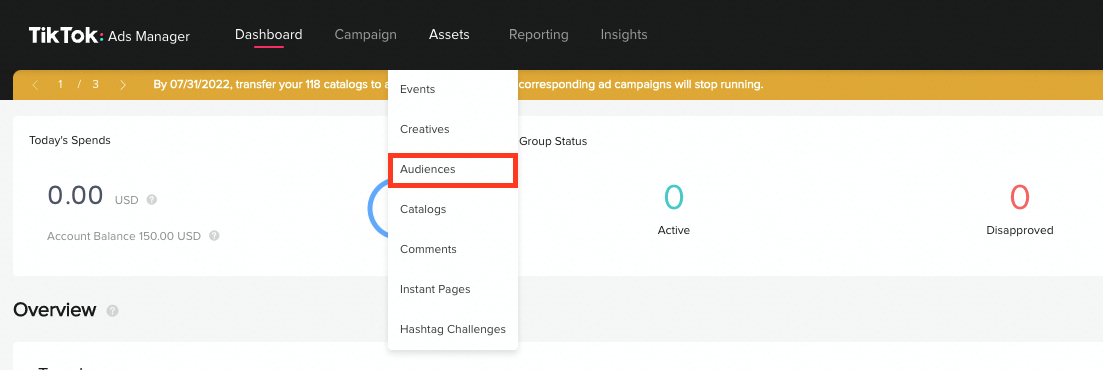
You need a minimum of 1,000 people to target custom audiences, either by uploading an email list or collecting data from website visitors.
Benefits of TikTok Custom Audience
For TikTok advertisers, creating Custom Audiences is very helpful with:
- Remarketing to existing customer groups to encourage them to take the last action – buying to complete the order.
- Access to existing customers to generate higher conversion rates by inviting old customers back to your store, sending special offers to your customers, etc.
- Boosting in-app following and engagement: Custom Audience will help you target the right audience to increase customer engagement, optimize your ad budget, and increase your following on your account.
Extending custom file: Custom Audience is a mandatory condition for creating a Lookalike Audience, which helps TikTok advertisers significantly widen their audience.
When should you use TikTok Custom Audience?
TikTok Custom Audience is most effective when you want to reconnect with users who have already shown interest in your brand – whether through video views, ad interactions, website visits, lead form actions, or past purchases. Here are the best situations to use Custom Audiences to cut costs, improve targeting accuracy, and boost conversions.
Retargeting users who already interacted with your brand
Custom Audiences are ideal for retargeting users who have already interacted with your brand, such as:
- Users who watched 50%–100% of your videos
- People who clicked your ads
- Visitors who landed on your product or landing pages
Example: Someone watched 6 seconds of your video ad but didn’t click through → retarget them with a shorter, more persuasive message and a clear CTA.
Converting high-intent users such as product viewers or cart abandoners
With Website Traffic Audiences, you can retarget:
- Users who added items to cart but didn’t complete checkout
- Visitors who viewed product pages
- Users who viewed your pricing page
Why it works: This group has the highest purchase intent and often delivers strong ROAS for ecommerce advertisers.
Upselling or cross-selling to existing customers
Custom Audiences let you build campaigns targeting people who:
- Already purchased from you
- Show behavior that indicates interest in related products
Example: Someone bought a shirt → show them matching pants or accessories.
Re-engaging followers and users who interacted with your TikTok account
Using Business Account Audiences, you can retarget users who:
- Followed your TikTok account
- Viewed your profile
- Watched your videos for 2s, 6s, or 100%
- Engaged with your video content (share/comment/react)
These users already recognize your brand, so CPMs are lower and engagement rates are higher.
Improving results from your Lead Ads funnel
Lead Generation Audiences help you:
- Retarget users who opened your form but didn’t submit
- Follow up with people who completed the form
- Build warm lead nurturing funnels
This improves lead quality and lowers cost per lead (CPL).
Building strong seed audiences for Lookalike expansion
Lookalike performance heavily depends on the quality of your seed audience. Custom Audiences help you build:
- Clean Purchase or Add-to-Cart audiences
- High-quality Lead audiences
- Deep video viewer audiences
A solid Custom Audience = a powerful Lookalike Audience.
Reducing testing costs and stabilizing your campaign performance
Custom Audiences help you:
- Shorten the learning phase
- Reduce wasted spend
- Improve consistency in scaling
This is crucial for ecommerce brands, cross-border sellers, and businesses with longer purchase funnels.
6 Sources to Create TikTok Custom Audiences
1. Customer File
You can upload your Customer File to TikTok Ads Manager to create a Custom Audience. TikTok allows customers to upload files using Mobile Ad Identifier (MAID) and accepts both Apple Identifier for Advertisers (IDFA) and Google Advertising ID.
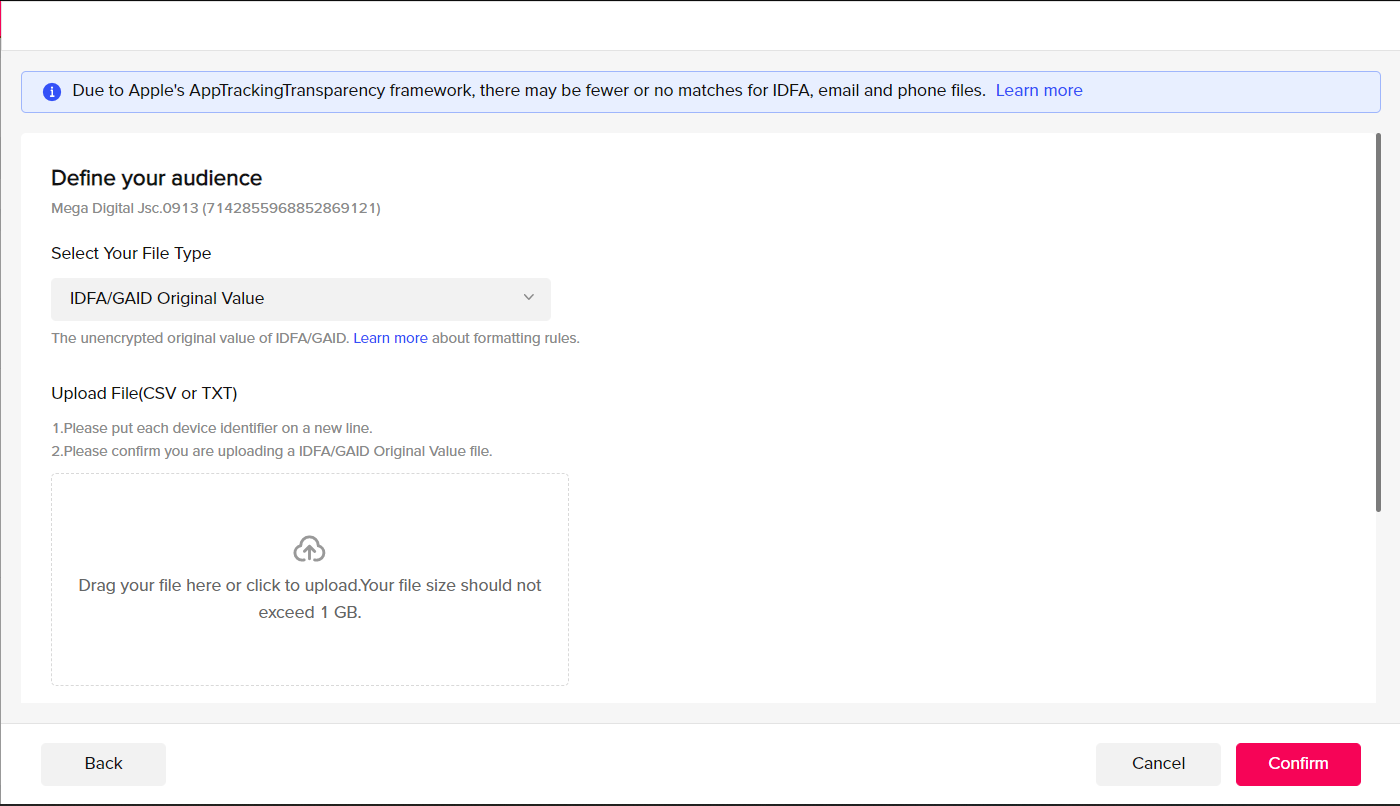
Note:
- Your upload needs to be in .txt or .csv format and not larger than 1 GB.
- Within the account, you can have up to 400 custom audiences at once.
2. Engagement
Engagement audiences enable advertisers to retarget users who have previously interacted with a brand’s ad content. That includes all types of Video ads on TikTok and ad solutions for instant experiences (Instant Page ads and App Profile Page ads).

Note:
- The Website Traffic Audience is different from Engagement Audience. The engagement audience comprises people who have taken action on TikTok Ads Manager’s family of apps, including TikTok, BuzzVideo, and Babe. Website Traffic Audience is the audience that has taken action on your landing page and has been tracked by our pixel.
- Pangle placement only supports audiences derived from “clicks” and “impressions.” Other actions are not supported, such as “video views.”
- Within the account, one advertiser can have up to 400 custom audiences.
3. App activity
This allows you to create an audience of app users who have completed specific events. You can target your ads to people who have previously used your app or who you want to re-engage with. Once set up, you can create audiences by id/name app from attributed and non-attributed events.
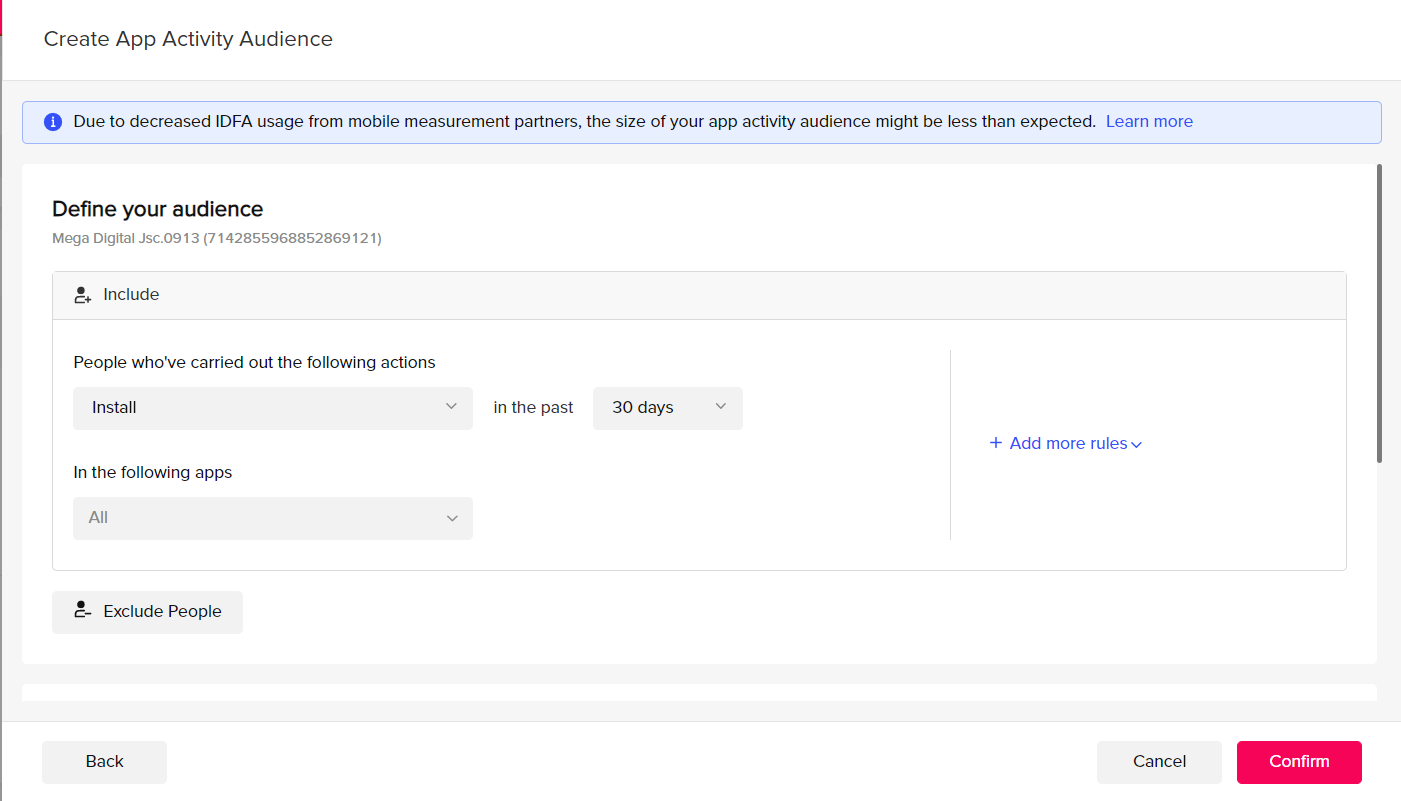
Note:
- Condition of using this feature:
- Before setting up the event, configure app events and access your third-party tracking platform to send back event data to TikTok.
- Please ensure that the in-app events option in your third-party tracking platform is enabled for the App Activity audience to function correctly. Unless you configure it for other events, the Install event will be posted back by default once enabled.
- An advertiser can have up to 400 custom audiences at one time within the account.
4. Website Traffic
Website Traffic is an option that allows you to create a group of users who have visited your website or taken a specific action on it.
Note:
- Prerequisite for using this feature: You need to set up TikTok Pixel and determine the event to track.
- Pangle placement only supports audiences generated from Attributed Events.
- Within the account, one advertiser can have up to 400 custom audiences.
- Advanced Matching can be enabled to expand targeting even further; this can be done with the TikTok Pixel.
5. Lead generation
Lead generation allows you to create an audience of users who engage with your Lead Ads. For instance, you can retarget users who viewed the form page of your Lead Ads without submitting it to enhance campaign efficiency.
A Lead Generation Audience, in particular, refers to users who have interacted with your Lead Ads by viewing or submitting the form.
Note:
- Within the account, one advertiser can have up to 400 custom audiences.
- Lead Generation only supports TikTok placement.
6. Business account audience
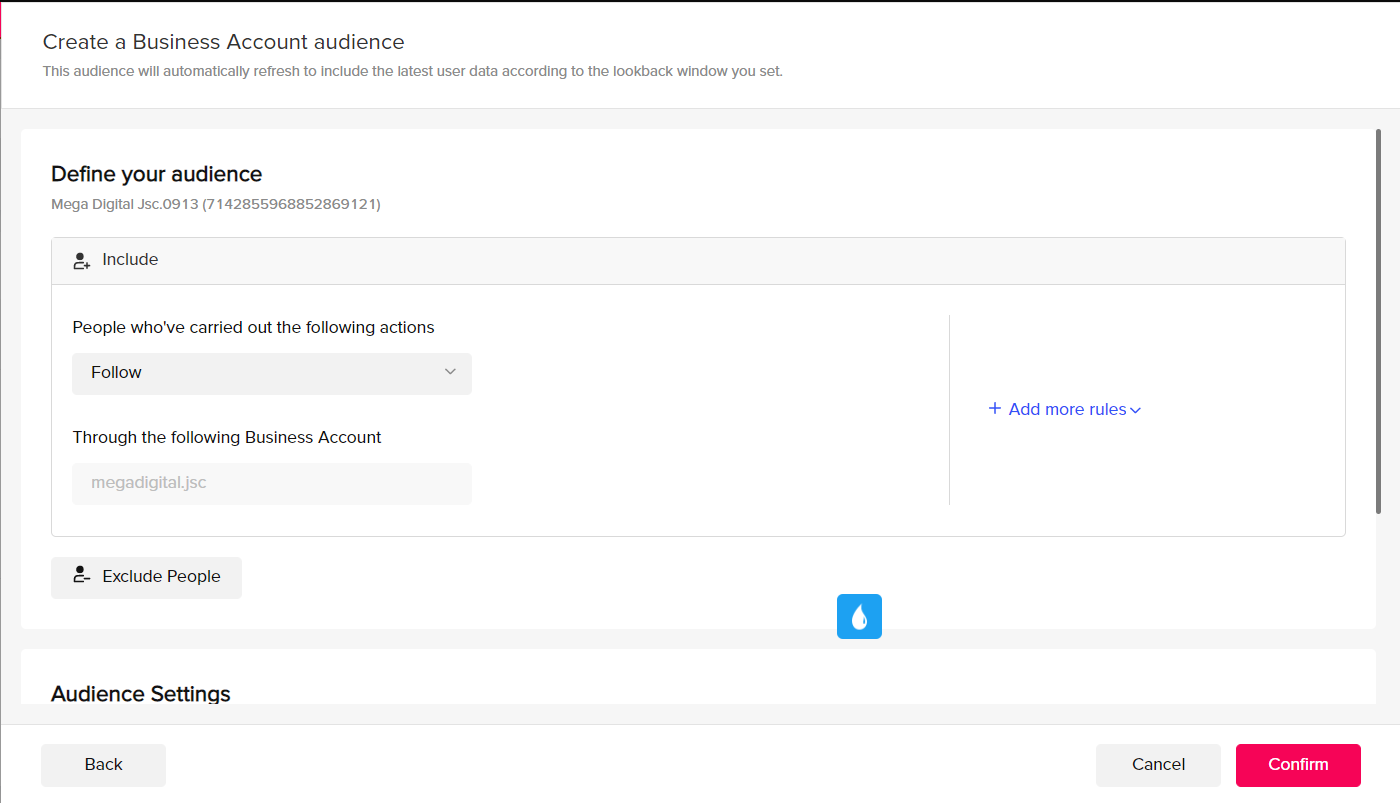
A new Custom Audience type that allows you to retarget audiences using your own TikTok Business Account only if your organic profile has completed one of the following events:
- Follow
- Visit Profile
- Video View (2s, 6s, 100% view)
- Video Engagement (React/Share/Comment)
Note: Before creating a Business account audience, you must first link your TikTok For Business Account. When your Business Account is successfully connected and ready to create audiences, it’ll be seen under Through the following account.
Best Practices to Optimize TikTok Custom Audiences
Optimizing your TikTok Custom Audiences is essential for improving targeting accuracy, strengthening conversion rates, and maintaining stable campaign performance. Below are the five most important best practices every advertiser should apply.
1. Enable Auto-Refresh to keep your audiences accurate
Custom Audiences perform best when the data feeding them is continuously updated. Enabling Auto-Refresh ensures that:
- Newly engaged users are added automatically
- Outdated or irrelevant users are removed
- Audience quality remains stable over time
A static audience quickly loses effectiveness, especially for ecommerce and fast-moving niches.
2. Maintain clean, high-quality data for Customer File uploads
The quality of your Customer File directly impacts TikTok’s ability to match users. Before uploading your list:
- Remove duplicate entries
- Standardize email and phone formats
- Use CSV or TXT files
- Ensure your data is structured according to TikTok’s hashing requirements
High-quality data leads to higher match rates and better advertising performance.
3. Avoid audience overlap with clear exclusion logic
If multiple ad groups target the same users, you risk internal competition—driving up costs and lowering efficiency. To prevent overlap:
- Exclude purchasers from prospecting campaigns
- Separate hot, warm, and cold audiences
- Exclude recent leads from new lead-generation campaigns
Proper exclusions help reduce wasted spend and improve delivery.
4. Use strong Custom Audiences as seeds for Lookalike expansion
Custom Audiences aren’t just for retargeting – they serve as the foundation for effective Lookalike Audiences.
For best results, use high-intent audiences as seeds, such as:
- Purchasers
- Add-to-Cart users
- High-quality leads
- Deep video viewers (75%–100%)
Stronger seed audiences help TikTok identify new users who resemble your best customers—making scaling easier and more consistent.
5. Ensure Pixel or Events API tracking is configured correctly
Your audiences are only as strong as the data you track.
Make sure:
- TikTok Pixel is installed properly
- Key events (View Content, Add to Cart, Purchase, Lead) are firing correctly
- Events API is enabled for more reliable, server-side data
- Event mapping and parameters are consistent across pages and devices
Accurate tracking ensures clean, reliable audience signals that improve machine-learning performance.
How to Create a TikTok Custom Audience
To target Custom Audiences in an ad group, a minimum audience size of 1,000 is required. Follow these steps to make a Custom Audience:
Step 1: Open up the new section of Audience Targeting
Click on the Create New button in the Include segment.
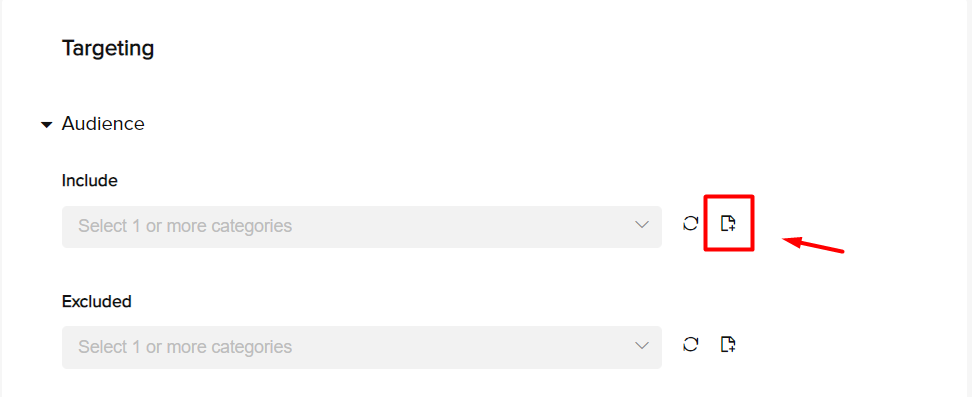
Step 2: Create the suitable Custom Audience
First, click on Create Audience and choose Custom Audience.
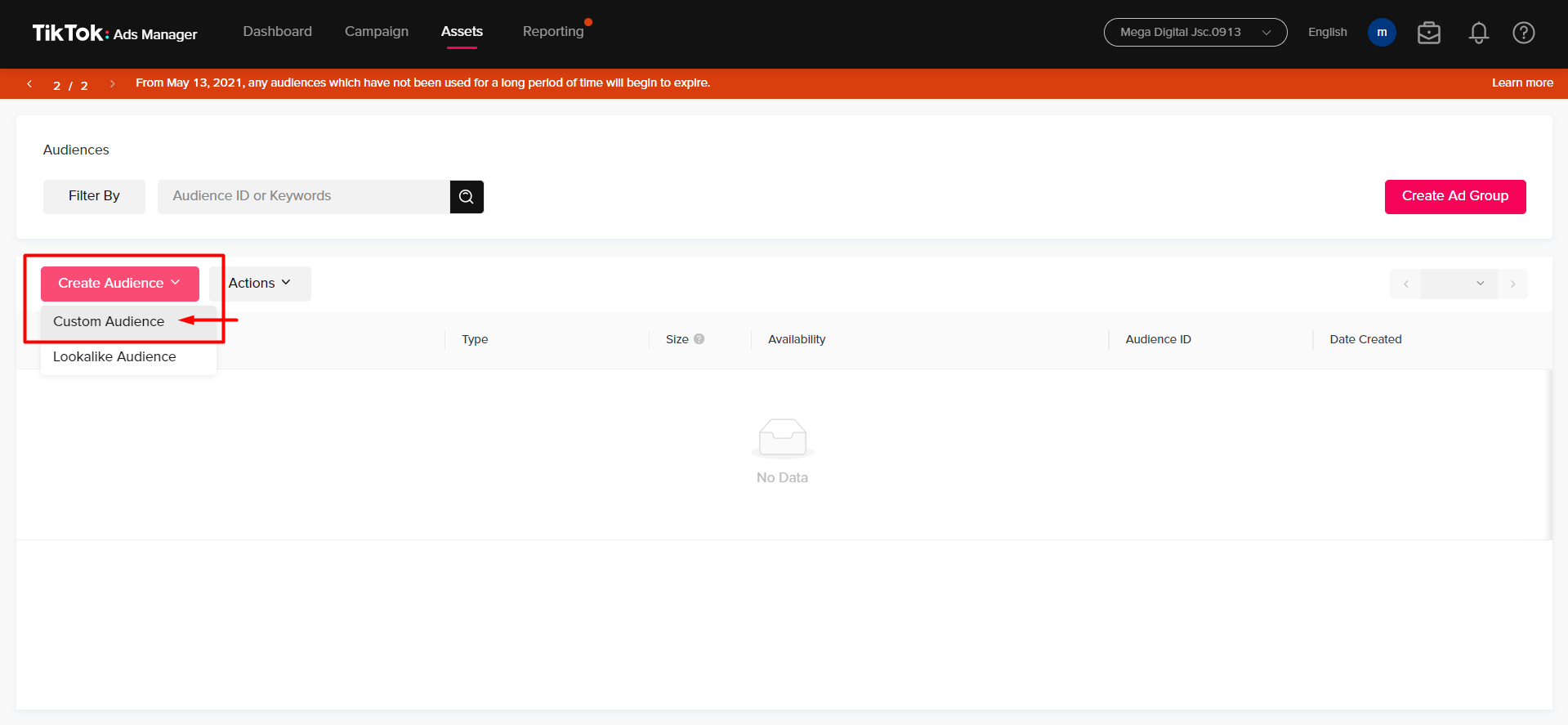
After that, you will see 6 ways to create a Custom Audience: Customer file, Engagement, App activity, Website traffic, Lead generation, and Business account audience.
All these 6 above have similar setup steps, in turn as follows:
- Select the type of engagement, Ad group ID, and time period under the Include.
- Click the Add more rules icon and choose Broaden Audience or Narrow Audience.
- Click Exclude People and enter the time period, engagement, and Ad group ID to exclude certain users from being added to your Engagement list. However, you can skip this step if you want to include everyone.
- Name the audience.
- Toggle Auto-Refresh/Reach and Frequency
- Click Confirm to form your audience.
Your custom audience will be saved in the “Audiences” tab, which you can use to create targeted ads in your campaigns. Remember to keep your audience up to date and refresh it periodically to ensure its accuracy and effectiveness.
Common Issues and Solutions When Creating TikTok Custom Audiences
Here are some common issues users face when creating TikTok Custom Audiences, along with solutions:
The Size of the Audience Is Not Updated
Once a campaign has been set up, it has been noted by some users that their custom audience size is not growing as it should, even when such users are enjoying conversions or traffic. For instance, someone could be experiencing new audiences coming in but disappointed to see the audience number has frozen at 758.
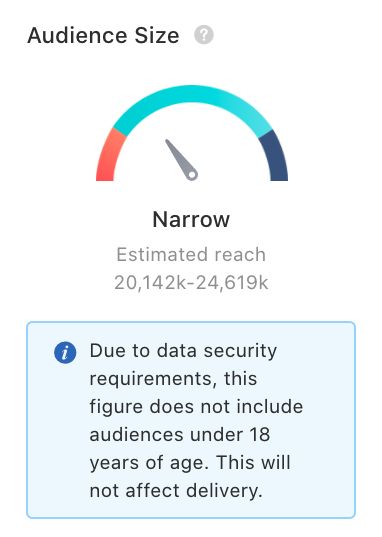
Solution: Custom audiences may take up to seven days to be fully updated by TikTok. If there is any auto refresh, check it and let the system refresh. If the issue is not resolved, assistance from a TikTok representative could assist in determining what the issues are.

Customer Files Uploads Have a Low Match Rate
While uploading customer’s files (e-mails or phone numbers), several users have a low match rate experienced. This is because different platforms have this user data that is not consistent (e.g., two different e-mail addresses for the same user).
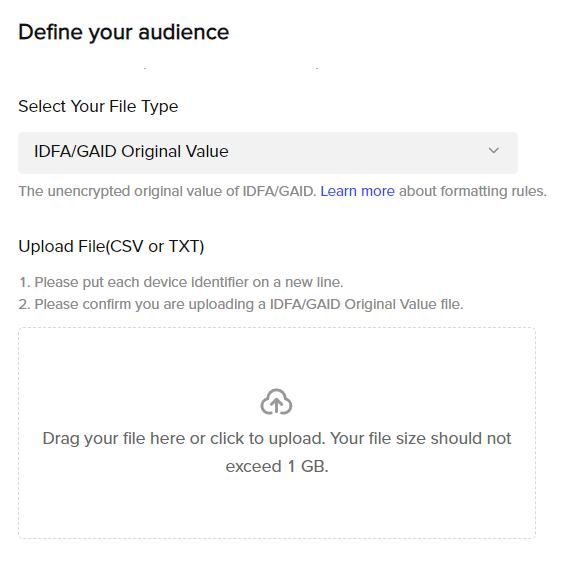
Solution: Verify that the customer data is within TikTok’s requirement. Tidy up the data and remove any duplicates and format the information (e.g., in a CSV) correctly. Also testing out using different kinds of custom audience i.e site traffic custom audience may also yield better outcome.
Failure of TikTok Pixel to Trigger as Required
If a user configures a TikTok Pixel on their website without correctly installing it, it will not measure any actions performed by users on that page thus creating an incomplete or wrong custom audience.

Solution: There is the option of employing the TikTok Pixel Helper to check that the website has the Pixel installed and it is working as intended. Confirm that all the major actions that one intends to track (e.g., ‘Add to Cart’, ‘Purchase’) are properly configured. Event codes should be re-evaluated to confirm they are firing whenever the correct pages are viewed.
App Activity Audience Not Tracking
When creating custom audiences based on app activity, some users find that data isn’t being captured properly. This could be due to misconfigurations in the TikTok SDK integration or tracking issues.
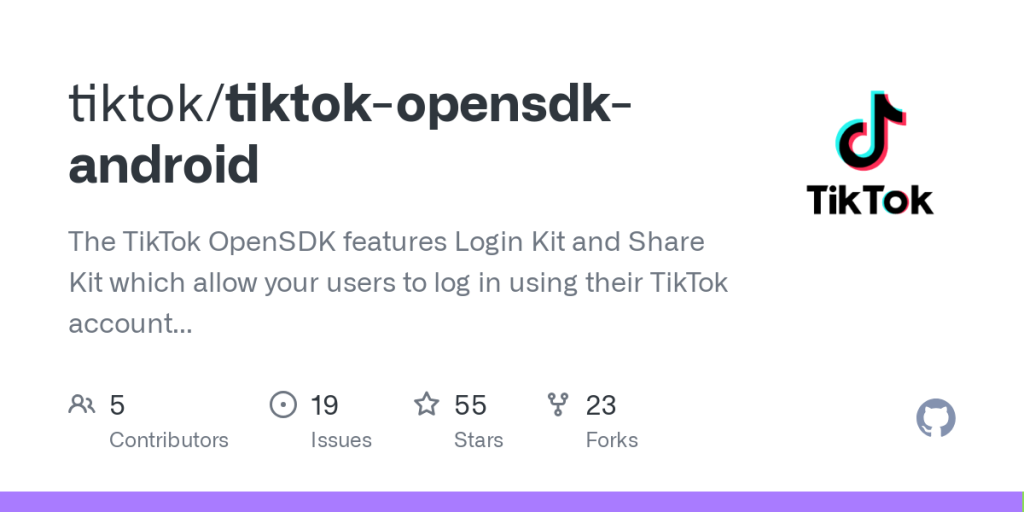
Solution: Verify that the TikTok SDK is integrated into your app and that all relevant events (e.g., app installs, in-app purchases) are tracked. Ensure that third-party tracking platforms are properly configured to send data to TikTok.
>>> Read more: TikTok Audience Insights: How to Analyze & Reach Right Users
Final word
TikTok Custom Audiences are one of the most effective ways to re-engage users who already know your brand. When supported by clean data, accurate tracking, and smart exclusions, they help you reduce wasted spend and improve conversions across your campaigns.
For broader reach, combine your Custom Audiences with Lookalike Audiences to find new users similar to your best customers. This pairing ensures both efficient remarketing and scalable prospecting.
If you need help setting up TikTok Pixel, building high-quality audiences, or optimizing your TikTok Ads performance, Mega Digital is ready to support you. Our team specializes in data-driven TikTok advertising and can help you get the most out of every audience you creat







